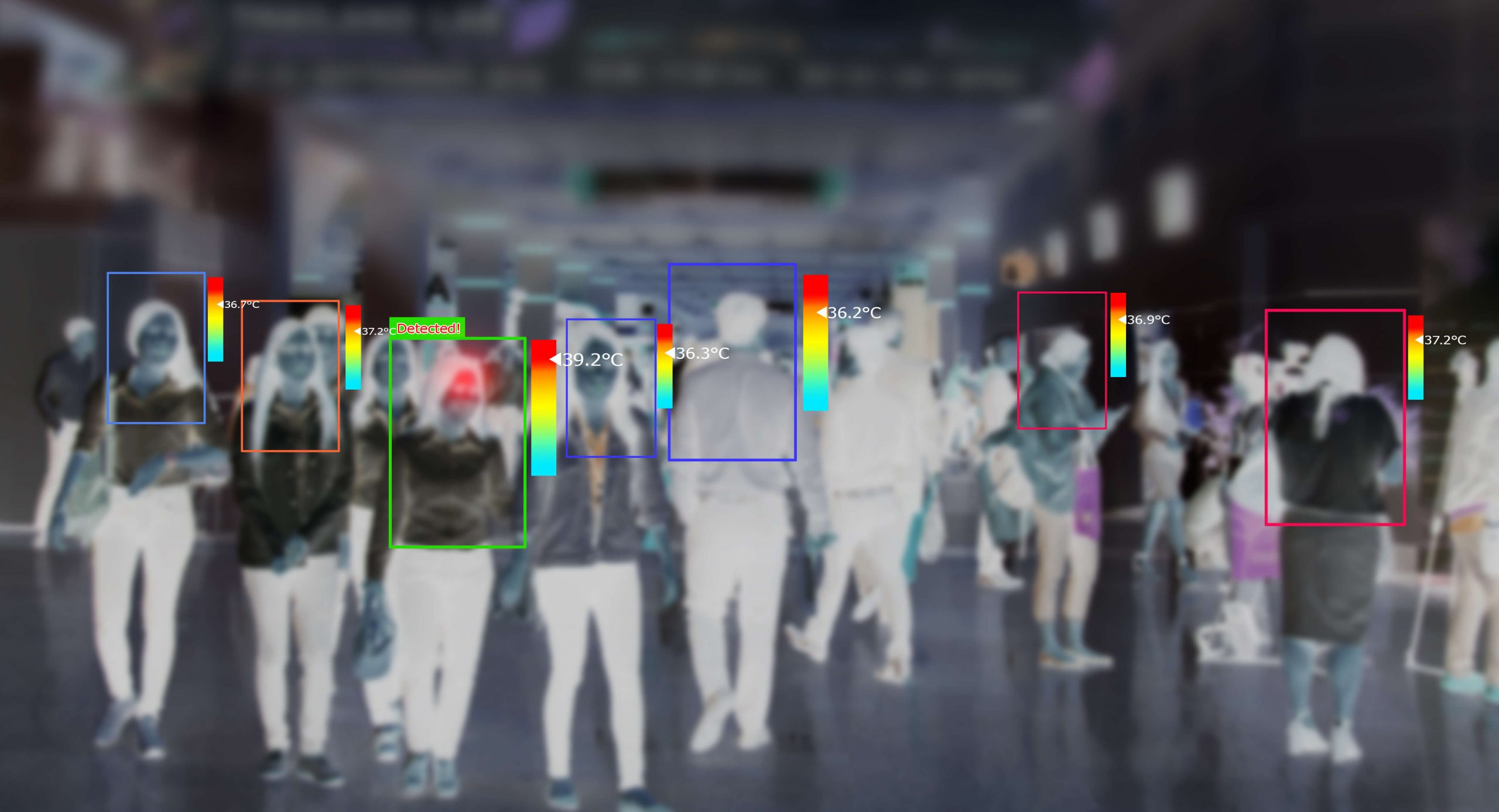© 2022 Von Wunster Next s.r.l.

Thermal imaging cameras
The difference
Video surveillance is one of the most important and decisive tools when it comes to security, just think of all the possible scenarios in which video monitoring is necessary if not indispensable (control of access points, monitoring of special installations, thermal monitoring, etc.). If you want to invest in the world of video surveillance, it is right to clarify a few types of cameras available on the market today.
Non-radiometric cameras
From a theoretical point of view, cameras are not designed to detect temperature, but rather to detect the thermal energy, linked to the infrared component, emitted by an object, without coming into direct contact with it.
Non-radiometric cameras provide an image that graphically shows the different temperatures detected without giving an absolute value to the temperature in the image, so if you wanted to know the temperature of a specific point on the image, it would not be possible to do so.
Uses of non-radiometric cameras
Non-radiometric thermal imaging cameras are often mounted on DRONES for inspecting special installations (e.g. photovoltaic panels).
Radiometric cameras
Radiometric cameras measure the absolute temperature value of each point in the image. The image, in fact, is built on a matrix of a certain number of pixels by a certain number of rows. The electronics of the instrument quickly detect the value of energy stored by each individual pixel of the observed object. More pixels means more detail, as radiometric cameras are able to reveal the absolute temperature for each detected pixel.
Radiometric cameras use software and algorithms to reveal temperature values (i.e. indices of the thermal level at which a certain amount of heat is located) at one or more points. With software like FLIR Tools it is also possible to create professional thermographic reports.
Multispectral cameras: ideal for Precision Agriculture
A multispectral sensor is able to record the natural radiation released or reflected from the object or surrounding areas across the electromagnetic spectrum (visible, infrared and thermal band)
With multispectral imaging it is possible to obtain large and useful information on soil, crops and vegetation in general.
